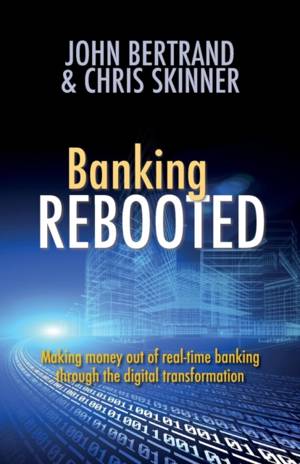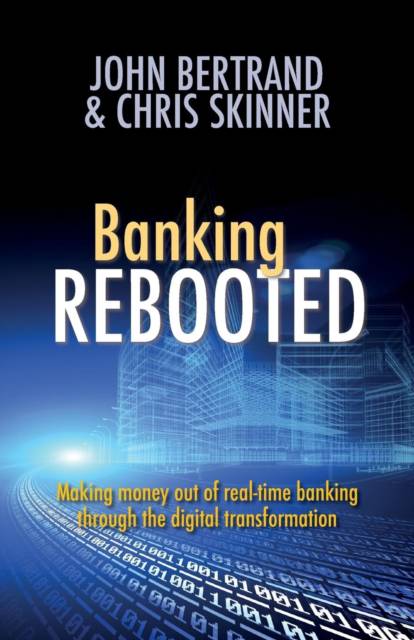
- Retrait gratuit dans votre magasin Club
- 7.000.000 titres dans notre catalogue
- Payer en toute sécurité
- Toujours un magasin près de chez vous
- Retrait gratuit dans votre magasin Club
- 7.000.0000 titres dans notre catalogue
- Payer en toute sécurité
- Toujours un magasin près de chez vous
Description
Becoming a Digital Bank is a bit like asking for directions. The awkward answer is that we would not start from here. Unfortunately, 'here' is where we are. Where is 'here'? 'Here' is where most of the deposit account systems are. Systems that were built before the Internet became part of our lives, but now we have the mobile Internet showing that all of these systems need renovation to cope with the demands of this digital age. Many deposit account systems were built on a raft of ancient codes, lacking a cohesive technical architecture. They are a collection of software packages running on a variety of releases, all with localised codes across the enterprise. Few systems are ever turned off in case something breaks, and it has led to the attitude of 'if it isn't broken, don't fix it'. 'Here' is where we are challenged by change, and specifically the changes required for regulations. Virtually the entire Know Your Customer (KYC), Anti-Money Laundering (AML) and related bank regulations around clients have become law in the last five years. Add to this the new Basel III rules, with its emphasis on liquidity, and the increasing requirements for capital ratios, and intra-day balance movements become a core part of running a bank. This increases the costs of keeping and moving cash-like securities at light speed, and further highlights the need to digitise the enterprise. Having an industrial age workflow approaching 100% Straight Through Processing (STP) is good, but not good enough This book aims to show how adapting to the digital age is not only a priority, but is the only thing that will be sustainable for a bank long term. By moving the data input from the enterprise to the clients on their smartphones and tablets, the workflow is reduced. The overall internal costs drop as activities become more transparent and the likelihood of being non-compliant is reduced. It will then be possible to see what is happening inside the enterprise and focus on how to bring in better working practices and innovation. Embracing a digital age with a digital bank offer is therefore one of the most critical changes we will see in banking over the next decade, and this book aims to explain that change.
Spécifications
Parties prenantes
- Auteur(s) :
- Editeur:
Contenu
- Nombre de pages :
- 206
- Langue:
- Anglais
Caractéristiques
- EAN:
- 9781907720819
- Date de parution :
- 18-08-14
- Format:
- Livre broché
- Format numérique:
- Trade paperback (VS)
- Dimensions :
- 140 mm x 216 mm
- Poids :
- 267 g

Les avis
Nous publions uniquement les avis qui respectent les conditions requises. Consultez nos conditions pour les avis.






